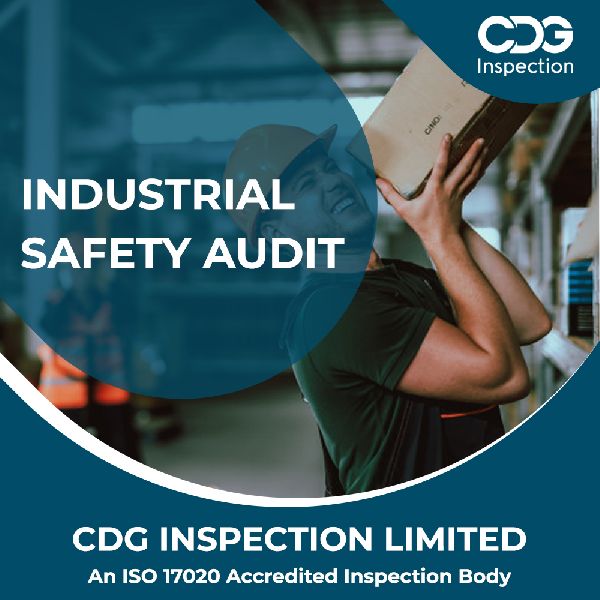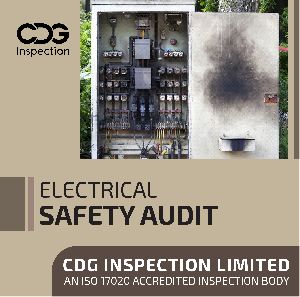Manesar, Gurugram, Haryana
- GST NO. : 06AAFCC0655B1Z8
View Mobile Number
CDG Inspection Ltd, in Gurgaon, Haryana, offers a proven approach that can help you enhance safety, minimize occurrences and injuries, and boost confidence amongst your team, whether you choose to understand how serious your workers take the protection and just want to understand how protected they experience in your workplace.
We'll conduct a thorough safety audit to assess the effectiveness of your program, discover compliance issues, and recommend solutions. Our industrial safety audit services would be tailored to your individual activities, allowing you to take action, eliminate hazards, and establish the next steps to meet your safety objectives. You'll have the data you need to make important decisions, as well as a benchmark against which future safety measures can be measured.
5 Important Steps to an Effective Safety Audit
An effective Safety audit is one that has been proven to ensure that the business has a safety program in place to reduce incidents and mitigate safety risks to their workers. Most importantly, “in place” means policies and procedures that have been tested, trained, and demonstrated in practice, as evidenced by the audit program. The 5-step safety audit steps below outline provide a management summary and structured approach toward the development of an effective safety audit.
Step #1: Audit Planning
worker in safety vest at job site safety audit is a form of test, and therefore, a test plan needs to be established prior to test execution. The key components of an Audit Plan are the basic documentation of the: “who, what, and where.”The planning step is the key to the entire process since the audit plan defines the procedures and sets the safety test baseline.
Step #2: Audit Execution
With a trained team identified, scope and baseline documentation defined, the next step is to conduct the audit as planned. The baseline documentation is used to effectively compare written procedures to activity in the workplace. Variations from established safety procedures are documented, along with observations of the actual work conditions, and any important input from the workers involved.
Step #3: Compile the Audit Report
safety leader conducting safety audit After conducting the audit, the audit team will integrate test results and information into a concise audit report. Part of the team’s training is to ensure a well-documented report that details any variances to the audit baseline and important audit findings and describes things that are working well in addition to any problem areas. Problem areas or negative findings are addressed in the recommended actions section of the audit report to start the process improvement efforts needed.
Step #4: Set Corrective Action Plans and Process Improvements in Motion
The audit execution and report go beyond a simple pass/fail approach. The findings should contribute to the continuous process improvement effort towards optimal workplace safety. Audit findings may identify significant corrective actions that need to be immediately set in place for worker safety, but most often baseline variations and input from the workforce are addressed as part of continual improvement activity. Process improvement follow-up would include prioritizing tasks, with assignments and suspense dates.
Step #5: Communicate Results
assessing the site during a safety audit. An effective workplace safety audit is essential to business continuity, employee protection, and morale, along with the requirement to demonstrate compliance with all guidelines. It is important that all employees have a transparent understanding of the audit, and their safety status. Workers have been trained in safety procedures and adherence to those procedures is essential in reducing workplace incidents.
Looking for "Industrial Safety Audit Services" ?
Explore More Services














